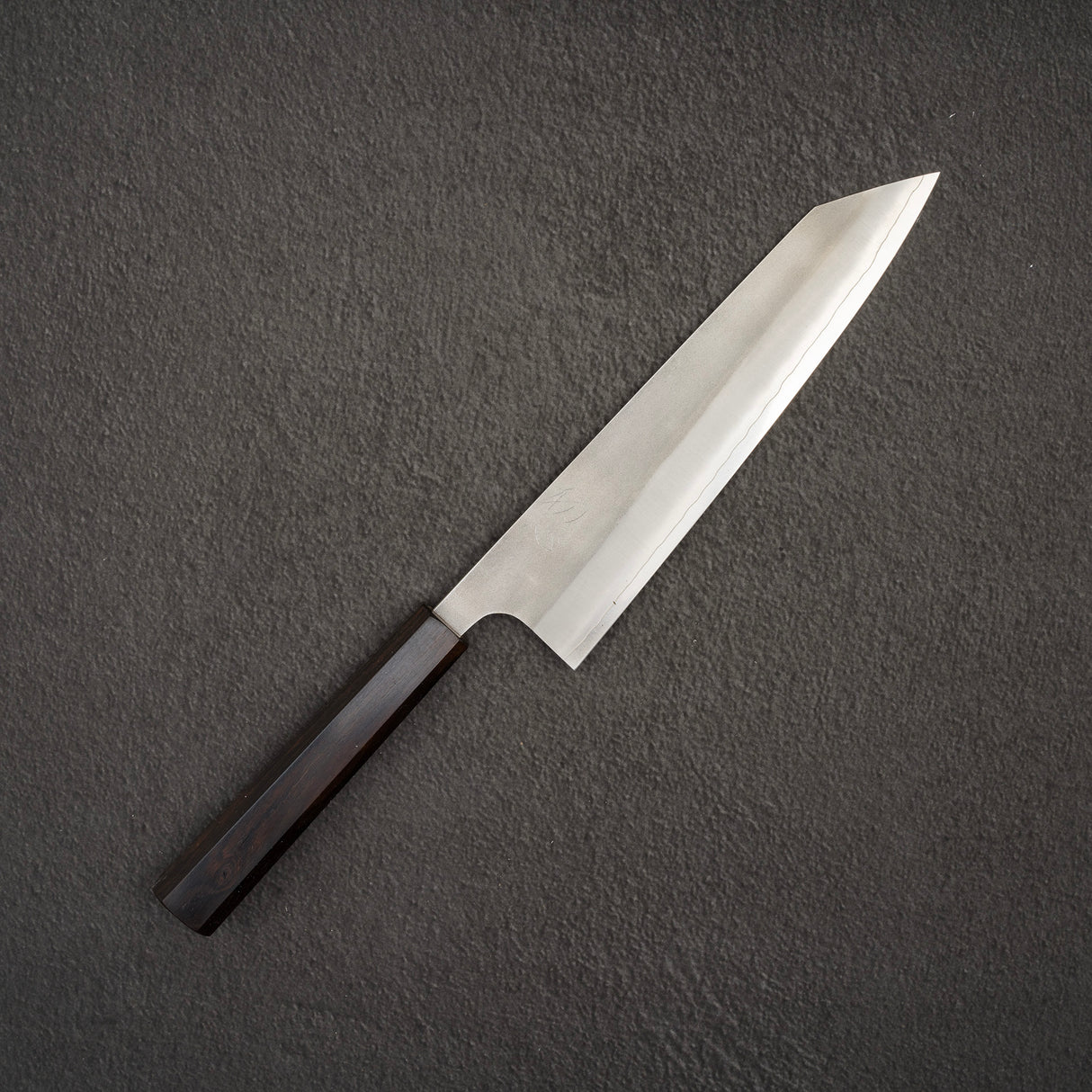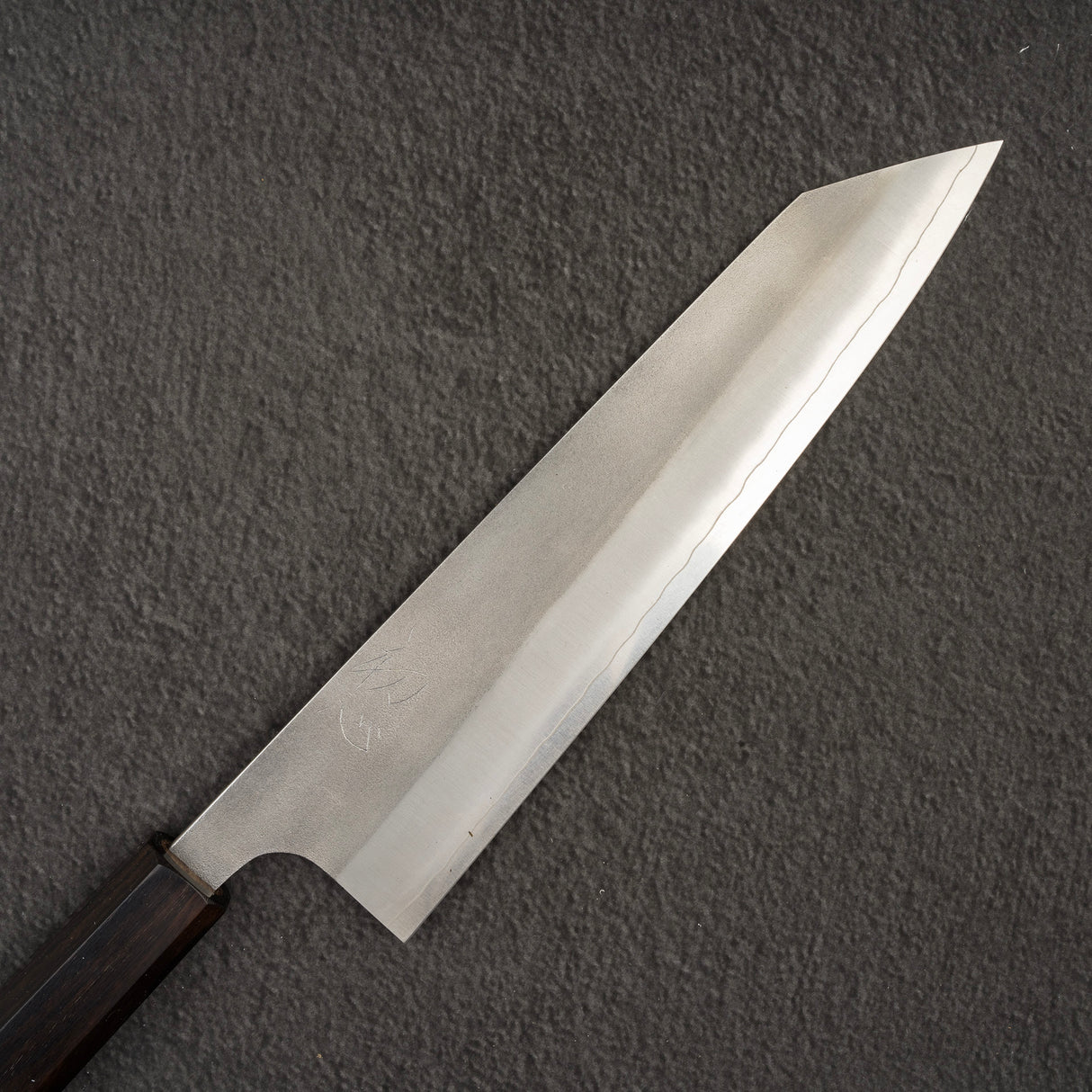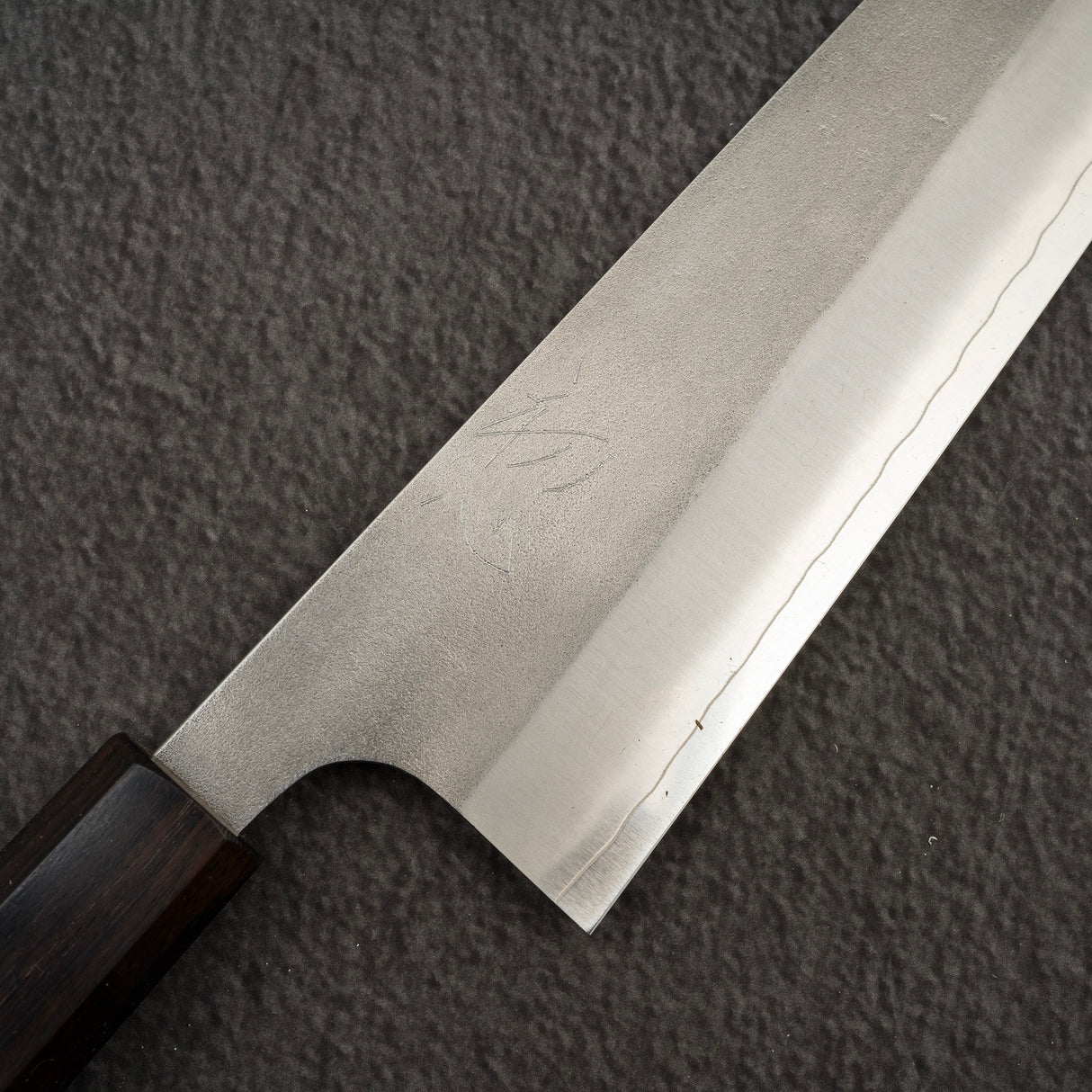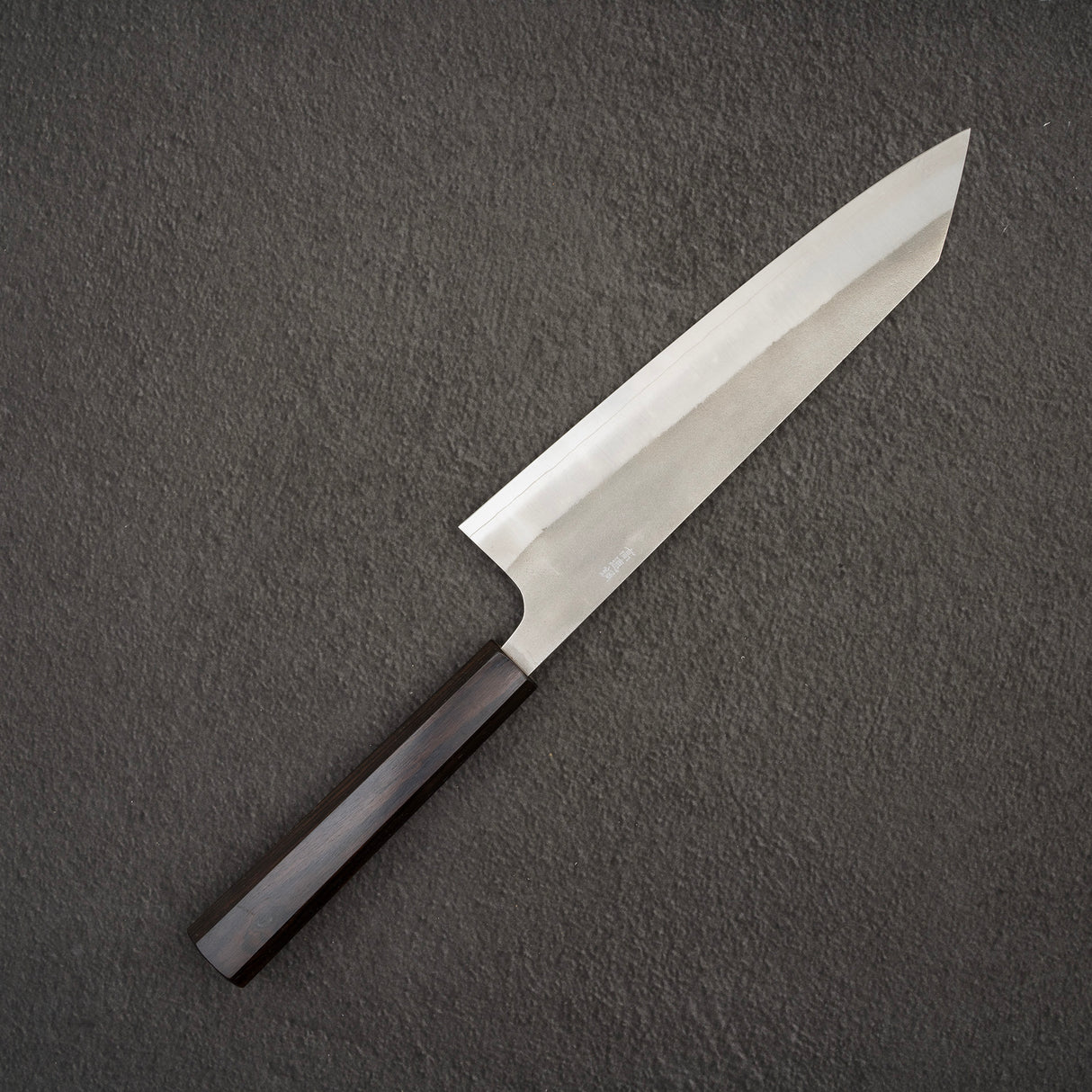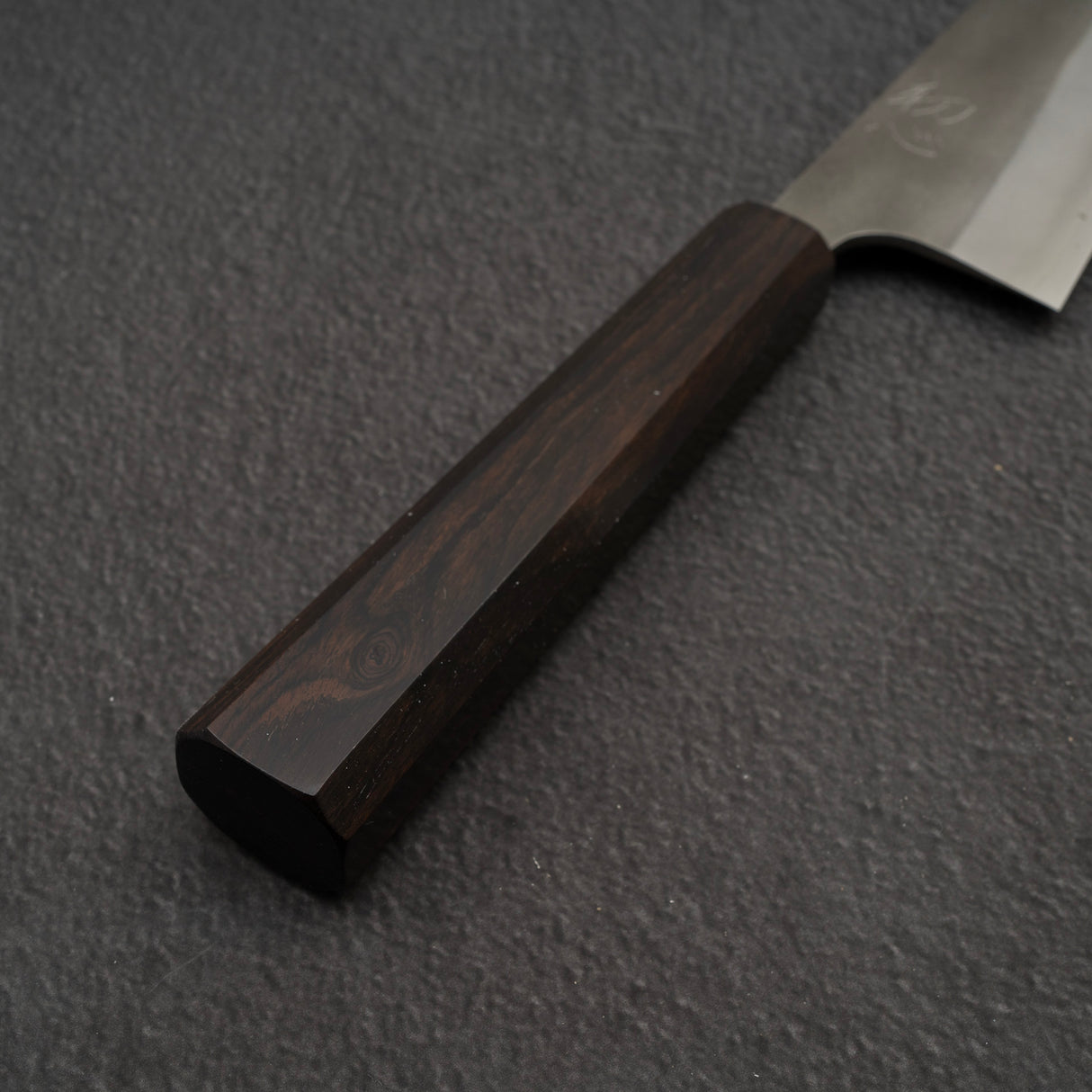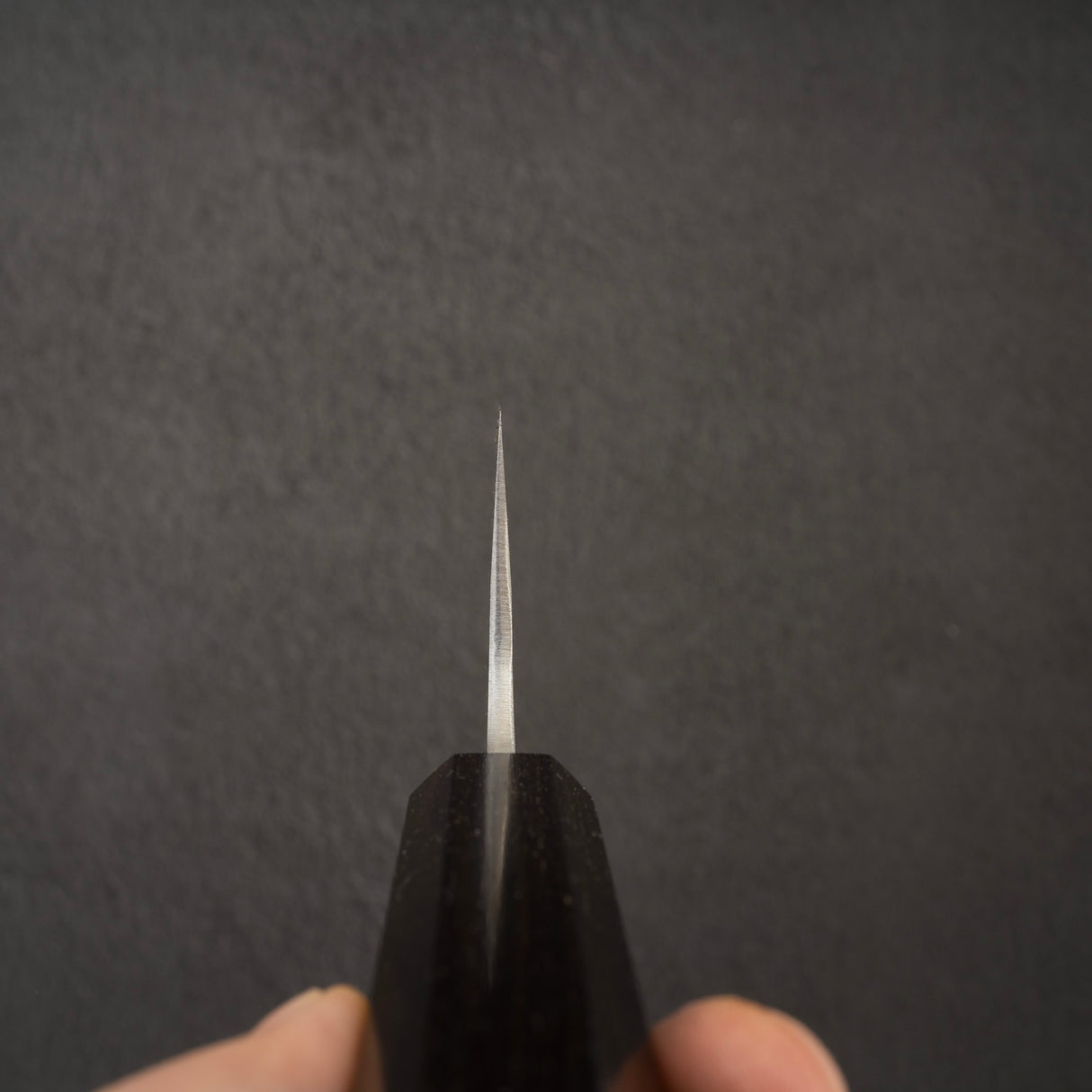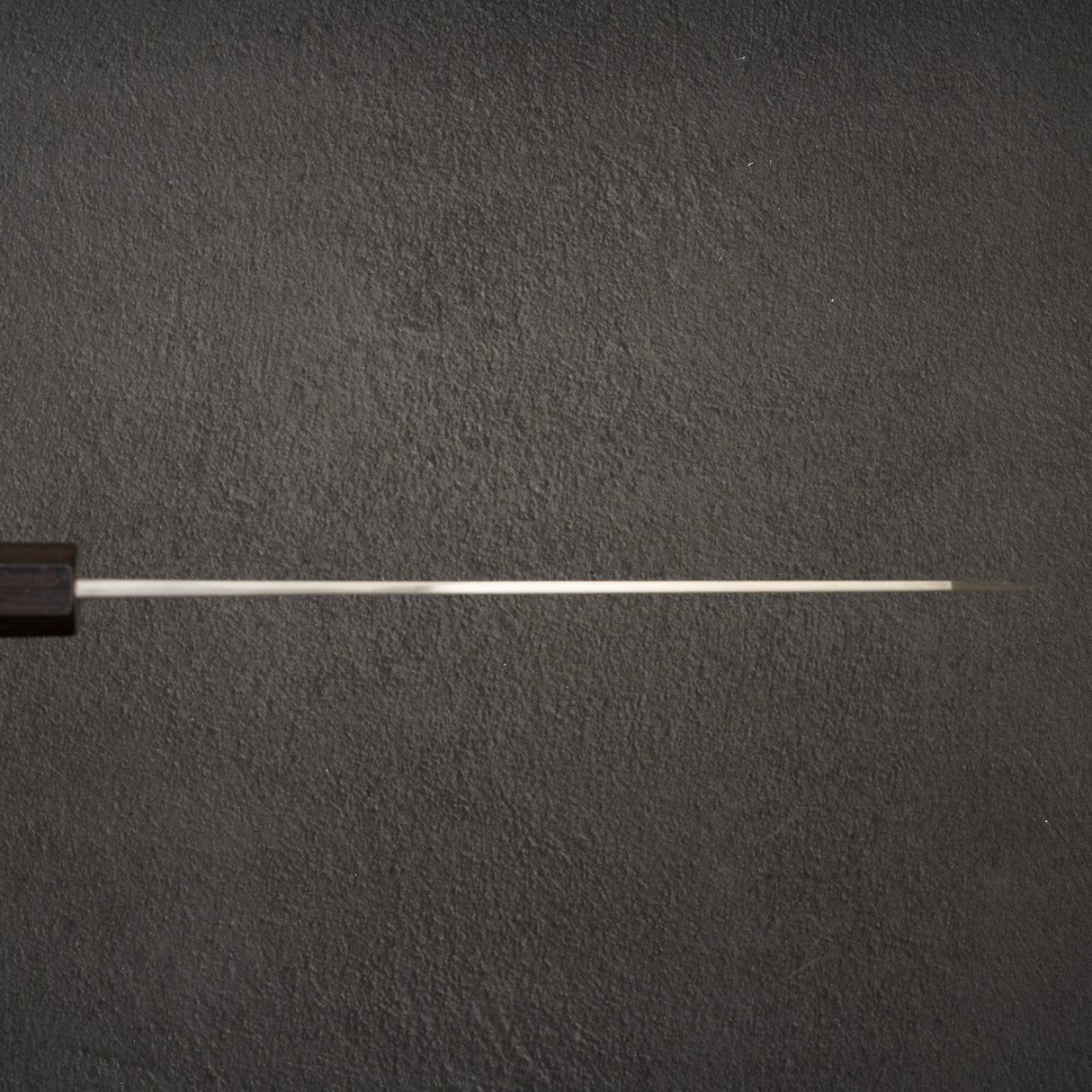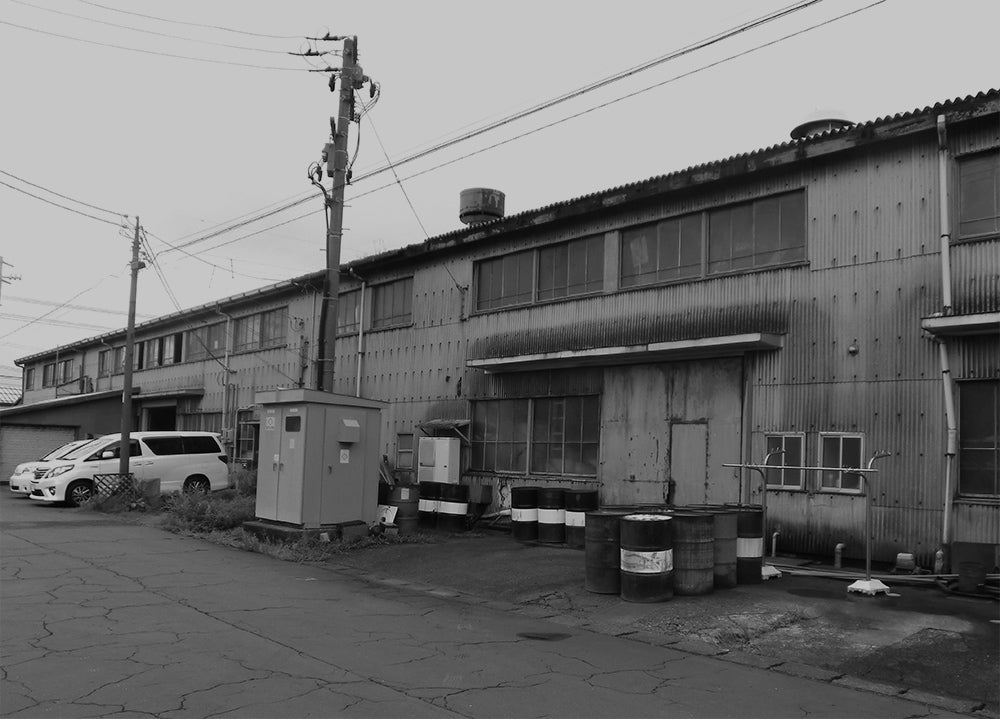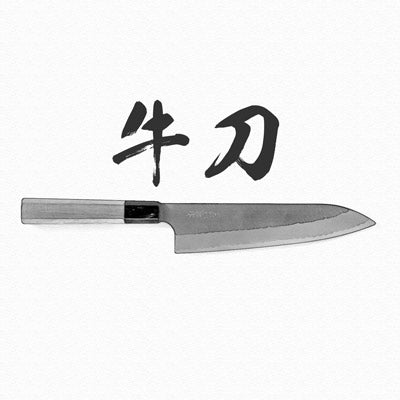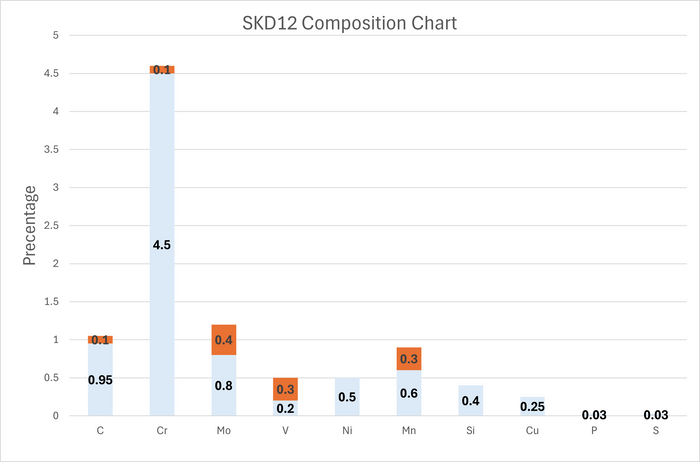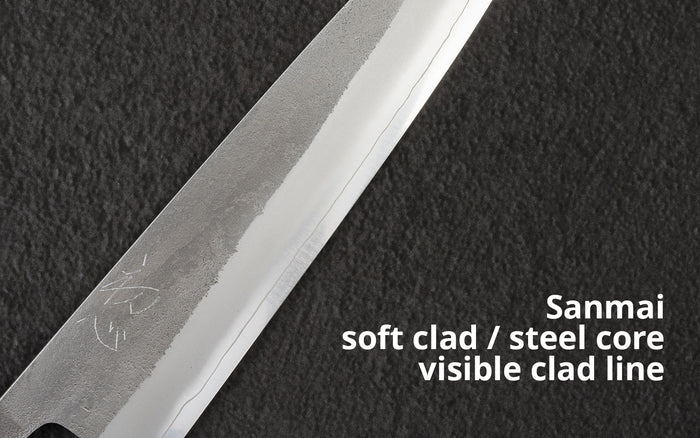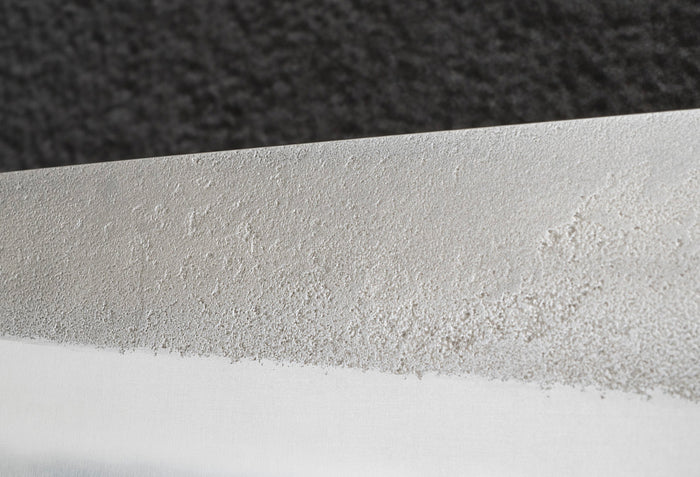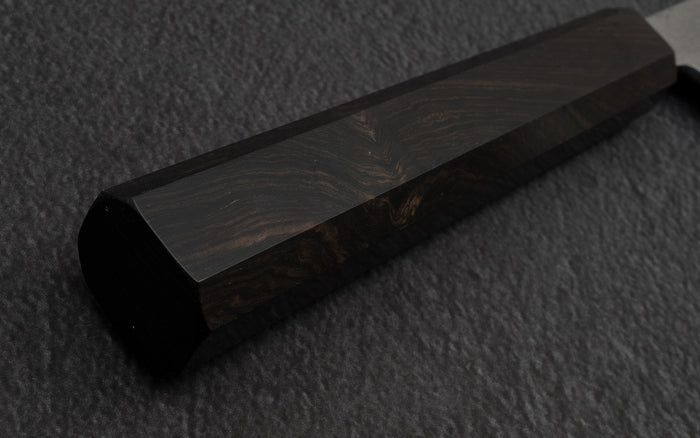Hatsukokoro x Yoshikane SKD Nashiji K-tip Gyuto 210mm Ebony Handle
Hatsukokoro x Yoshikane SKD Nashiji K-tip Gyuto 210mm Ebony Handle is backordered and will ship as soon as it is back in stock.
Couldn't load pickup availability
K&S Price: AU $519.95* inc. tax , vs:
| Store SC | AU $762.18 | -46.86% |
| Store ZA | AU $560.0 | -7.9% |
| Store C | AU $546.27 | -5.25% |
| Store B | AU $615.9 | -18.67% |
* For overseas buyers you pay no GST (10%) and low shipping rate.
Last Update: 2025-04-24T17:07:20Z
Detailed Specifications
| Line | Hatsukokoro By Yoshikane SKD Nashiji |
| Profile | Gyuto / Chefs Knife |
| Bevel Type | Double Bevel |
| Weight | 200 g 7.05 oz |
| Edge Length | 210 mm .8.27 inch |
| Heel Height | 50 mm .1.97 inch |
| Width @ Spine | 3.2 mm 0.13 inch |
| Width @ Mid | 2.7 mm 0.11 inch |
| Width @ 1cm from Tip | 1.2 mm 0.05 inch |
| Steel | SKD | Semi-stainless |
| Blade Construction | Sanmai - Stainless Clad |
| Hardness (HRC) | 62 - 64 |
| Surface Finish | Nashiji |
| Handle | Octagonal Ebony |
| Region | Sanjo |
| Best for |
|

| Pros | Cons |
|
|
|
Care Instruction
- Don't cut hard things! Japanese knives are brittle so bone hacking is a NO NO!
- Wash with neutral detergent after use, and wipe dry;
- Please don't wash knife with dishwasher, it will damage the wood handle;
- Be careful not to leave the knife close to a heat source for a long time;
- It is a lot more dangerous to cut with a blunt knife than a sharp knife!
- It is best to sharpen a Japanese knife regularly on a waterstone.
- Semi-stainless steel won't rust easily but may still patina

